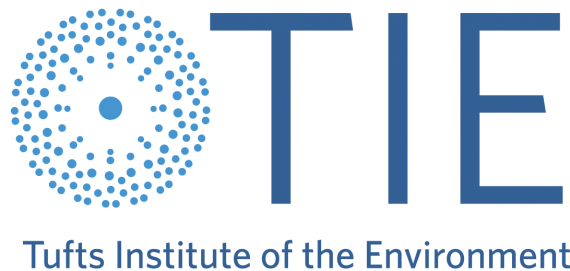Home / About Us
About Us

Our History
In 1962 Tufts University became one of the first academic institutions that prioritized environmental changes and concerns by offering courses that addressed humanity's impact on the environment. Today, Tufts has a reputation for being one of the top "Green" schools in the U.S. TIE was created in 1998 in response to a need for a university-wide organization that worked toward environmental research, learning, outreach, and service. After twenty years of operation, TIE continues to support the Tufts community by helping students and faculty pursue their research goals through fellowships, grants, internships, workshops, and programs, allowing them to engage in contemporary environmental conversations and contribute to emerging scholarship. In addition to campus-based action, TIE has also partnered with several organizations local to the Boston area and worldwide which have provided further connections and opportunities for Tufts students and staff to engage in environmental projects and activism. With core funding from the Provost Office, TIE is the center of environmental research, teaching, and leadership at Tufts University.
Video by Maria Fong
Our Mission and Values
The Tufts Institute of the Environment (TIE) is an interdisciplinary, university-wide institute that initiates, facilitates, and promotes environmental education, service, and research. In addition to supporting the Office of Sustainability in their efforts to improve campus sustainability, TIE follows and promotes practices that limit environmental impact at all our events and functions and within our programs. These practices include following sustainable travel guidelines, plant-based, meatless catering, and resource conservation relating to food waste, water, promotional items, and office supplies. In accordance with our mission, TIE works in pursuit of a more justly sustainable future.
Video by Maria Fong
Our Logo

In 2019, TIE refreshed its logo to both commemorate its 20th anniversary and look forward to the next 20 years of TIE. Emphasizing TIE’s future-driven focus on innovation and creativity, the design was almost entirely machine-generated. Artificial intelligence was used to create the distinctive concentric circle forming the centerpiece of the logo, an image that references TIE’s role in bringing together people across disciplines and schools. This shape also evokes many important symbols from nature and the environment, such as ripples on water, growth rings in a tree, energy, and circular fields of crops. It is perhaps most easily recognizable as a dandelion, which spreads its seeds much like TIE seeks to spark knowledge and interdisciplinary ideas throughout Tufts and beyond.